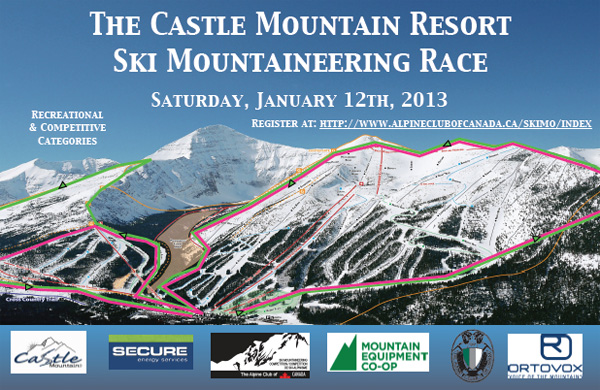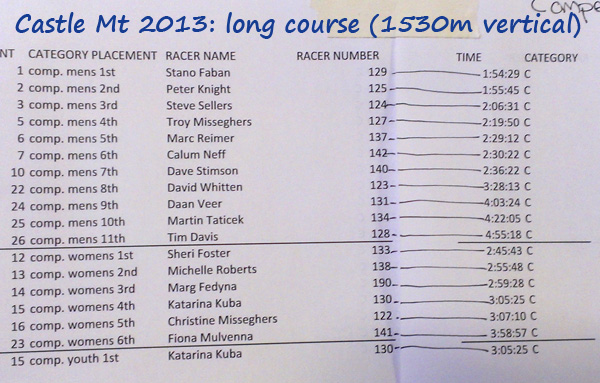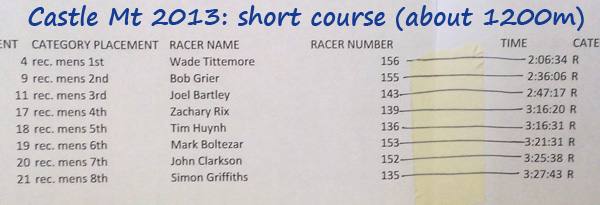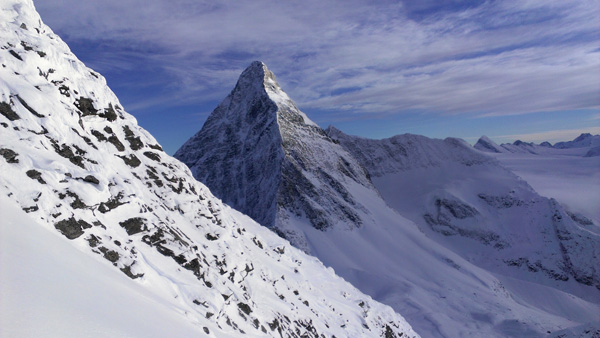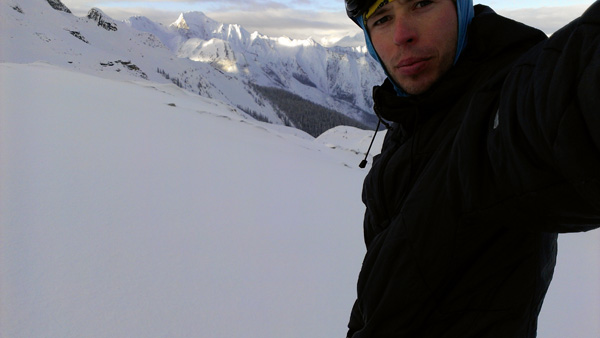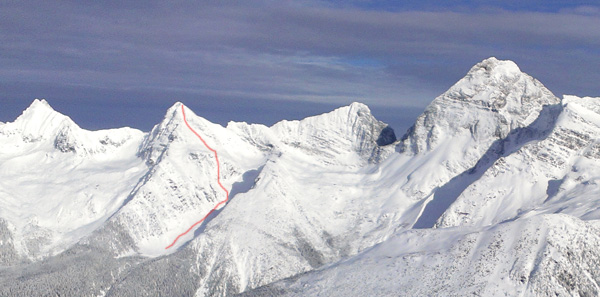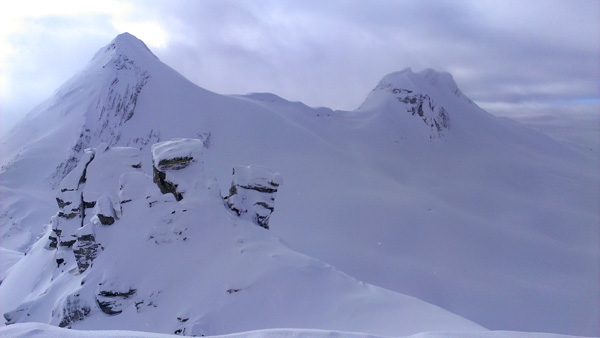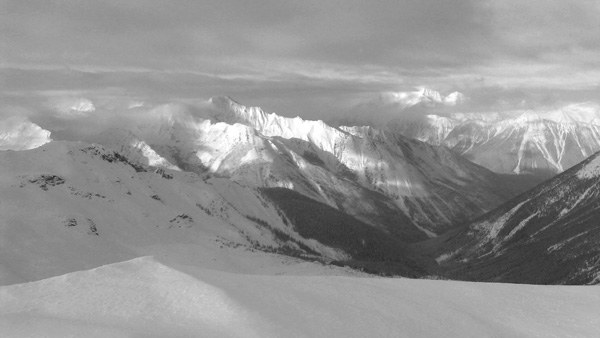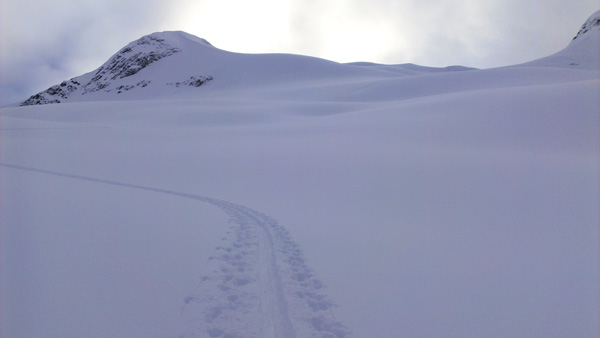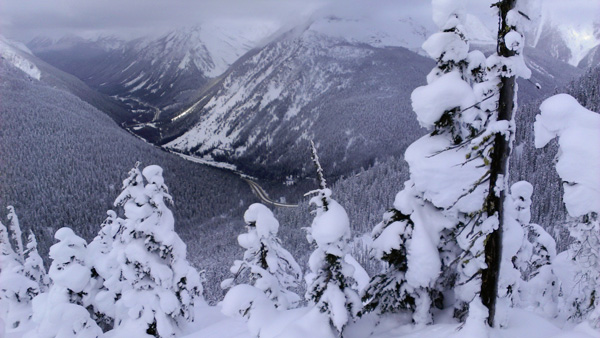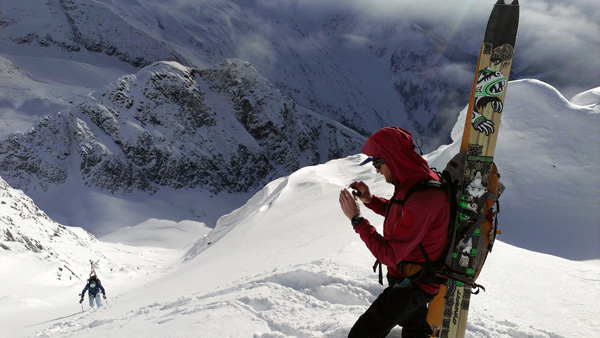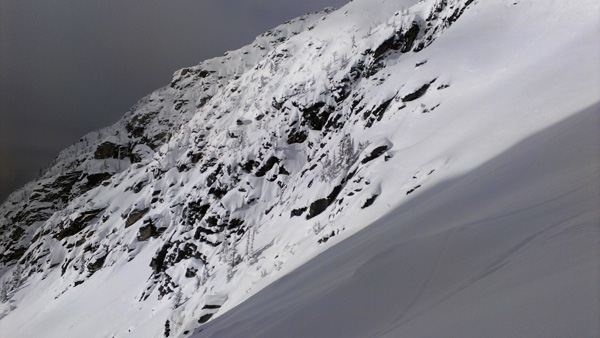This is the second part of the interview with Jason and Andy – this time discussing organizing the Wasatch Citizen Skimo Series, what gear they use, and what are their favourite winter and summer training spots.
» Here you can read the first part.
Q6: You guys are running the Wasatch Citizen Skimo Race Series. It’s proving successful. How often it is? How long the courses are? How many people usually show up? How much is the start fee? Do you have any sponsors on board?
Andy:
We are holding 10 races this year, mostly on Tuesday nights. We typically race for around an hour and I try to set a course or create a format to fit this. We have tried all kinds of things from sprints to relays to vert style (as many laps as possible in one hour) to a set number of laps on a preset course.
Typical attendance is around 50 people with more and more coming!
These races have all been free so far as I want to grow the sport and reduce the barrier to entry as much as I can. All people are invited and we get people with all kinds of athletic backgrounds on all types of gear. At the front end though we have about 10-15 people in speed suits and on race gear but more and more folks are buying into the “light is right” philosophy.
We have a number of sponsors with the major ones being SCARPA/Trab and La Sportiva:
- Scarpa has donated 3 sets of demo skis for people to try as well as pin flags and wind blades.
- La Sportiva has donated ski straps and will donate a pair of skis as a grand prize.
- Locally, the Sport Loft (premier ski shop in town) has stepped up and donated ski straps and gloves, and Kirkham’s has donated gift certificates.
We also have lots of friends that help set the courses, take down, and make it an all around great atmosphere.
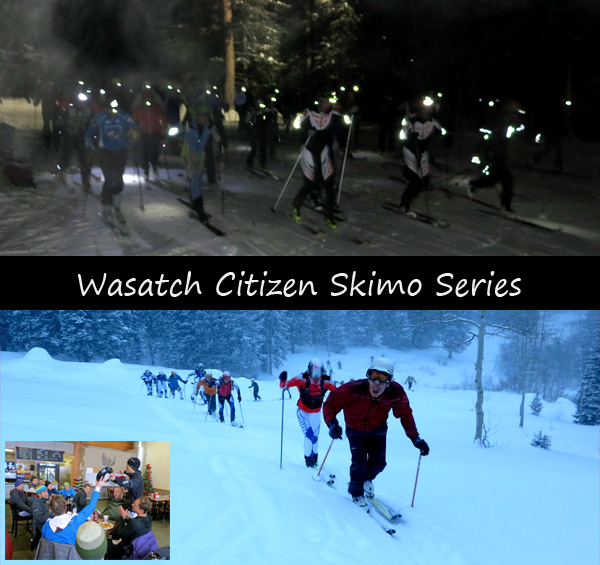
Q7: From your experience with this citizen series, what do you think people like about skimo racing? What they don’t seem to like? Any advice for other race organizers?
Andy:
I think people love the chance to get out and gain some fitness while experiencing some friendly competition. They like to see personal improvement, learn about the gear, and meet people with similar ideas and goals for skiing. I have seen a ton of people exchange numbers and then head out and ski together outside of the races.
I think in the US, the best advice is to make it easy to race. Keep the barriers low, whether it’s the price or whatever. To grow the sport, it has to be accessible to people and that’s hard given the already crazy gear prices and need to travel.
Jason:
The beauty of the Citizen’s Series is there’s a huge range of ability and gear so there’s someone for everyone to compete against.
It feels good to race with someone and beat them; I think people like that. On the other hand, it’s very motivating to work hard going back and forth with a competitor and come up short; people like that too. Being able to compete hard and then go hang out, eat food, and talk about what just happend is a blast.
Advice for organizers? I’d say get in good with the resort. The Citizen’s Series wouldn’t happen if we’d didn’t have a peaceful/respectful relationship with Brighton. Without their support we wouldn’t be able to do much.
Q8: Back to you now. Just like me, you guys are fans of speed ski mountaineering missions. What is on your list for this season?
Andy:
Hmmmm… might have to keep quiet on this one. Let’s just say we want to go far and fast and ski a lot! You’ll find us in the Wasatch, the Tetons, the Sierra, and perhaps in a mountain range near you!
Jason:
Great question. Let’s just say the list is long. I think the more you do the more open your eyes are to other possibilities. If there’s time then I’ll be in the Tetons, the Sierra, of course the Wasatch, and the Pacific Northwest. I can think of a handful of objectives in each of those areas. All we need is time and good weather!
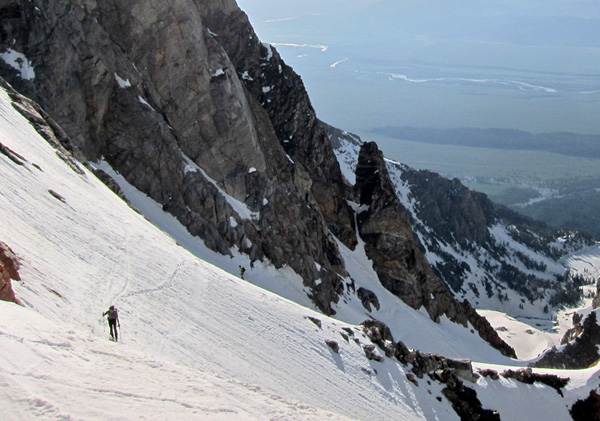
Andy:
It’s fun for all the reasons that other endurance sports are…fitness, endorphins, progress, but you get to ski!
Jason:
The main reason people should try it is that it will transform the way they tour and open up the possibility for longer/bigger days!
There’s more skill involved with skimo than any other endurance sport I’ve participated in. When I run all I have to do is run and then keep running. With skimo there’s a lot to think about (up, down, transitions, booters, crashing…). Working on the skill aspects of the sport breaks up the monotony of pure aerobic activity.
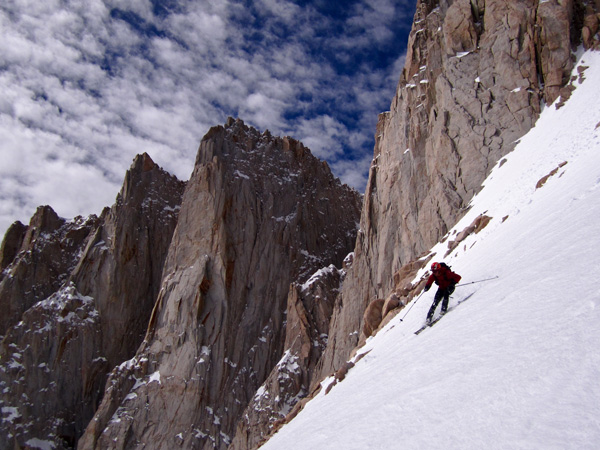
Q10: What is your race gear?
Andy:
SCARPA Alien 1.0, Ski Trab Race Aero World Cup Skis, Trab race bindings, Trab Dragon speed suit, Trab Race Helmet, Trab World Cup race pack and poles. Coltex and Pomoca skins.
Jason:
Same as Andy.
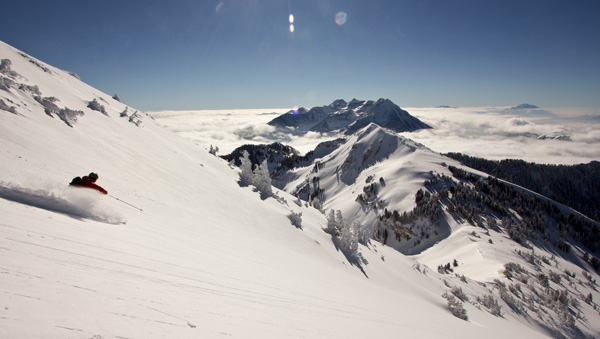
Andy:
My favorite place is the high alpine, scrabling rocky ridges and skiing steep stable powder. The most common place we train is probably Brighton Ski Resort. They have a great up hill policy and are super friendly and incredibly supportive of the ski community.
Favorite summer place is the foothills above SLC. We can head up steep trails and gain 2-3000 feet from our houses. It’s pretty convenient and incredible training for skimo.
Jason:
Favorite skimo – the high Wasatch! Touring counts as training right?
My summer answer is the same, I guess. To be specific, the Pfeifferhorn. It’s a great local peak that gains about 1200 meters over 7K. You get a great mix of granite scrambling and low angle single track.
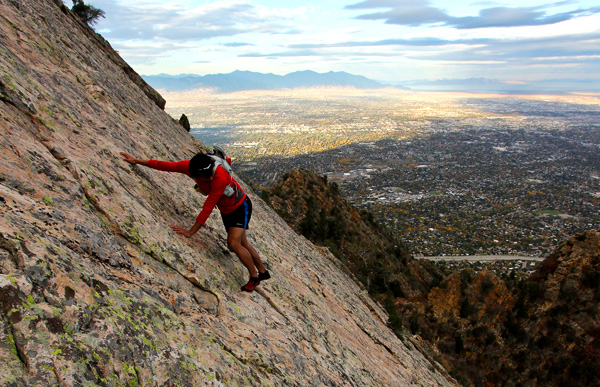
Thanks Jason and Andy
» Here you can read the first part of the interview – discussing their sporting backgrounds, skimo beginnings, work…
And here are they blogs:
» Andy’s blog
» Jason’s blog


 This is an in-depth, two part interview with the fast Dorais brothers.
This is an in-depth, two part interview with the fast Dorais brothers.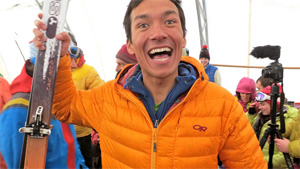

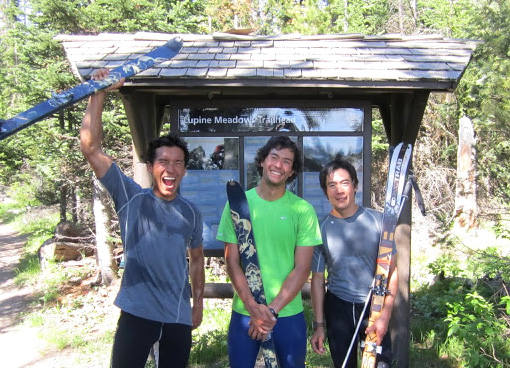

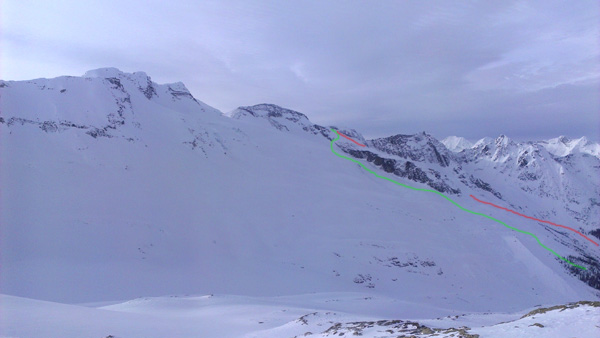
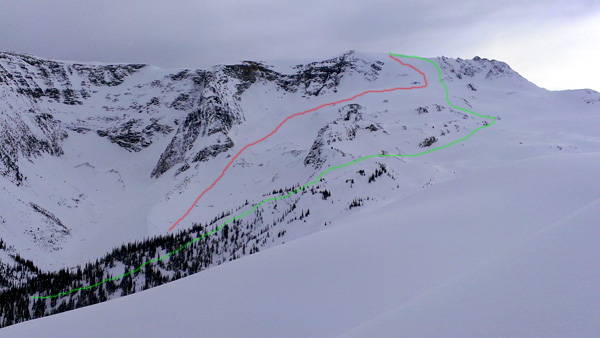
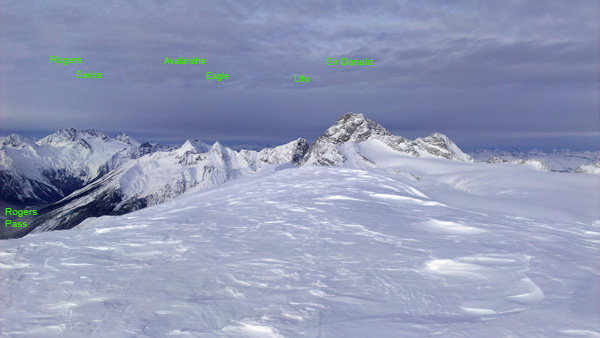
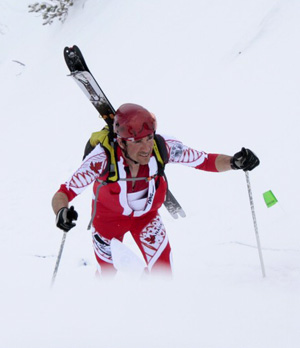
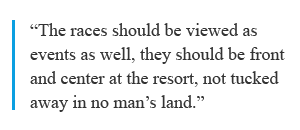 I think our greatest asset as event organizers is the “buy in” from the resort.
I think our greatest asset as event organizers is the “buy in” from the resort.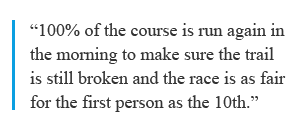
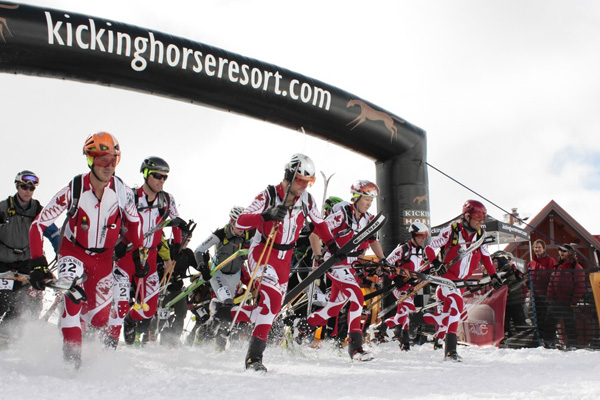
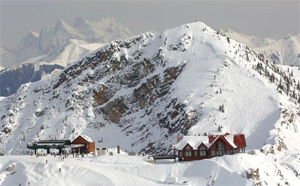
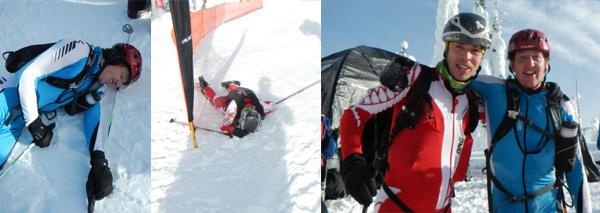
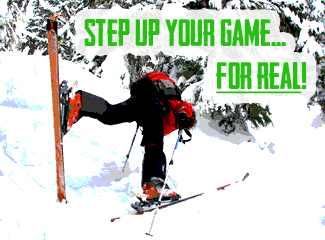 Relax your shoulders, neck and face… or as much muscles as you can. Save your energy.
Relax your shoulders, neck and face… or as much muscles as you can. Save your energy.